Mold Resources
What is red mold?
Mold comes in all shapes, sizes, and colors. We typically think of mold as being either white, black, or sometimes green, but red molds can also be found in certain homes. Red mold itself is neither a specific species of mold, nor a group of species. Rather, molds can change color over time as they develop and grow with some species appearing reddish in color during a certain period of its lifecycle.
Some of the most common molds that can present as being reddish in color are Aspergillus, Neurospora, Fusarium, Serpula lacrymans
Worth noting too is what’s often referred to as “pink mold” which can be anywhere between a reddish brown to pink color. This growth is often found in areas of the home with high moisture and humidity like showers, bathtubs, and toilets. Interestingly, “pink mold” is a misnomer as this species, Serratia marcescens, is not a mold at all, but a bacteria instead.
What does red mold look like?
Red mold typically appears as a reddish or pinkish growth on various surfaces. Its appearance can vary depending on the specific type of mold and the surface it grows on. Here are some common characteristics:
- Color: The mold ranges from bright red to pink or orange, often with darker or lighter patches. The color intensity can vary based on the species and environment.
- Texture: Red mold can have a fuzzy or slimy texture. It might appear powdery or velvety if dry or have a wet, sticky surface if in a damp area.
- Shape and Pattern: The mold often forms irregular patches or spots that can spread across a surface. It might start as small dots and expand into larger, more noticeable patches.
In some cases, red mold may appear alongside other colors of mold, like black, green, or white, creating a multicolored patch.
What causes red mold?
The main cause of red mold is moisture. Mold thrives in damp environments. Red mold often grows in areas with high humidity, water damage, or leaks, such as bathrooms, basements, and kitchens.
How bad is red mold?
Mold and bacteria colonies release microscopic particles into the air, including fragments, spores, endotoxins, and exotoxins. Some species of mold also release microscopic toxins called mycotoxins when threatened. The longer the growth goes on, the more particles it will release. This lowers the indoor air quality and can cause unwanted exposure as those particles enter the body through inhalation.
Exposure triggers a multi-systemic immune response, so symptoms can span the entire body. Some common symptoms include headaches, coughing, runny nose, watery eyes, rashes, mood swings, digestive issues, brain fog, chronic fatigue, and more. Everyone responds differently to mold exposure for a variety of factors. While one person may have no symptoms, another may develop over a dozen. That’s why all microbial growth, including pink mold (or bacteria), should be handled quickly and correctly.
How to get rid of red mold
All mold, regardless of color, should be treated the same way.
- The source that led to the issue should be fixed.
- Correct engineering, PPE, and remediation protocols should be utilized to reduce exposure and the risk of cross-contamination in unaffected areas.
- The microbial growth should be removed, including roots, dead particles, fragments, etc.
- All contamination, including mycotoxins and bacteria, should be eliminated.
- The room’s interior should be cleaned to eliminate any particles released by the microbial growth.
You can find more information about remediating mold properly here.
Showing all 5 results
-
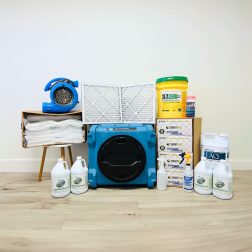
HomeCleanse DIY
All the equipment and materials we use to remediate your home, plus consultation and support...
-
$5,995.00 – $9,995.00 SHOP NOW -
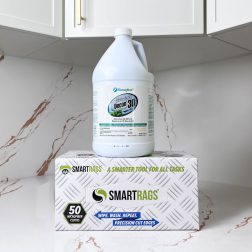
Mold & Bacteria Contents Cleaning
Remove harmful pollutants that accumulate in the dust of your home. (Options available for renters...
-
$99.00 – $349.00 SHOP NOW -
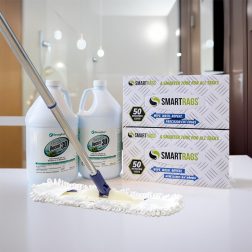
HomeCleanse Cleaning
Take your cleaning to the next level buying all the tools we use to keep...
-
$299.00 – $549.00 SHOP NOW -
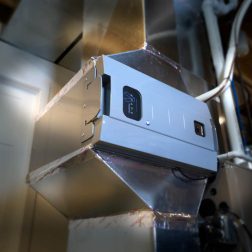
Intellipure SuperV Whole House Air Purifier
Turn your HVAC into a filtration system, removing 99% of ultrafine particles including airborne mold,...
-
$2,000.00 – $2,995.00 SHOP NOW -
Sale
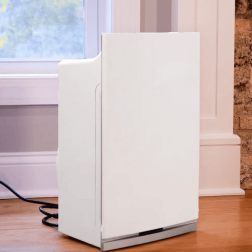
Intellipure Compact Air Purifier
Buy one Compact, get one free. Simply add one to your cart, and a second...
-
Original price was: $299.00.$199.00Current price is: $199.00. SHOP NOW
Still Have Questions?
A member of our team is here to help! Click on “Get Started ➤” below to book a consultation with a member of the HOMECLEANSE team. We have a few quick questions that will help us put together a roadmap to solve or prevent all of your mold problems.
Two minutes of your time could lead to better health for you and your family.
